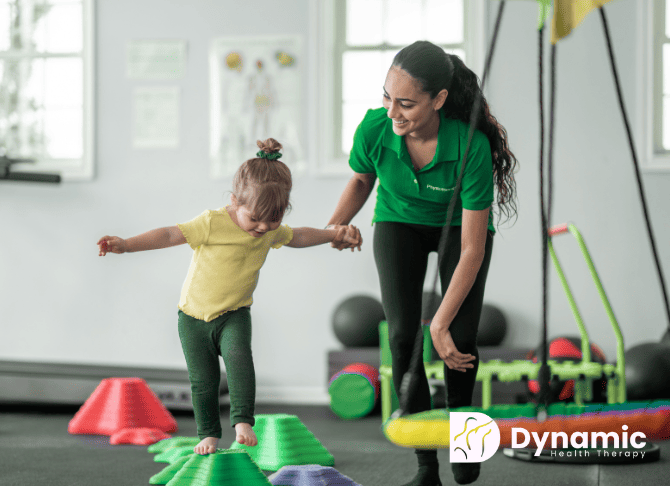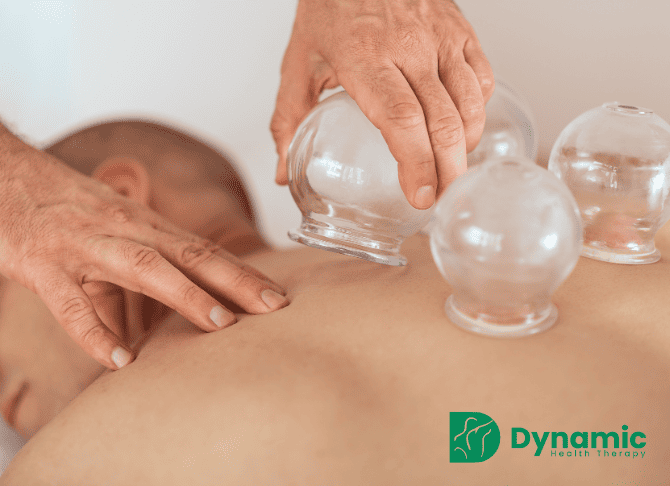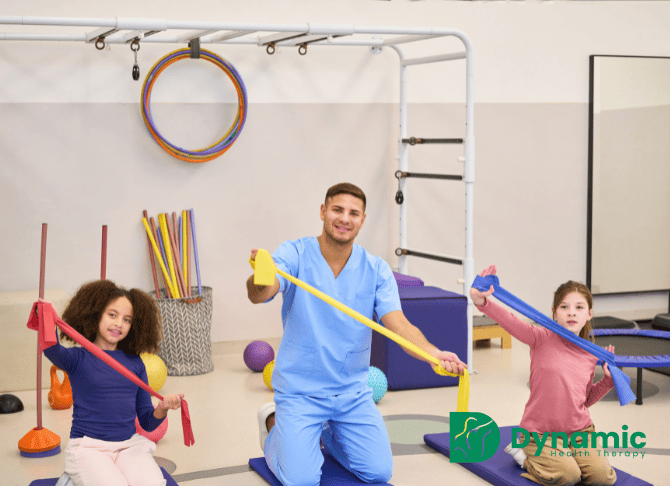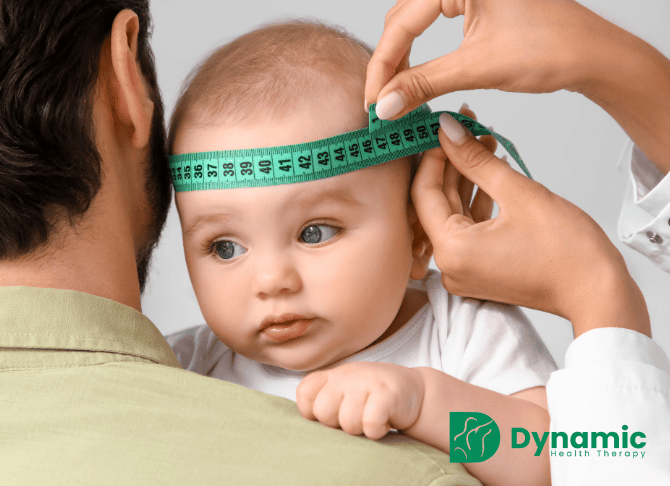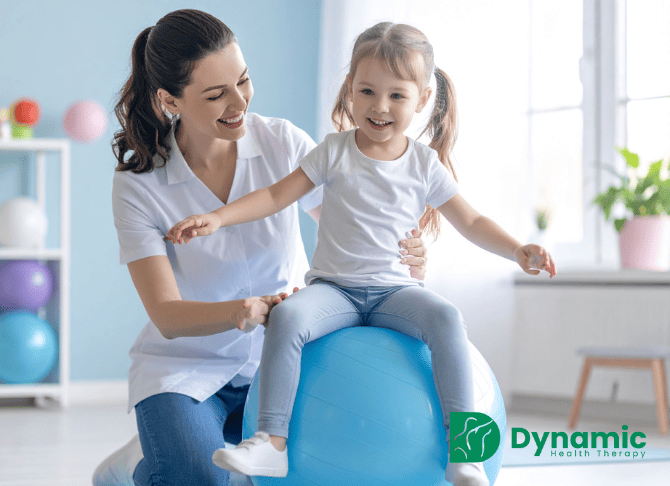Parenting comes with a million questions. “Is this normal?” tops the list—especially with movement, posture, and milestones. Pediatric physiotherapy gives you clear answers and a simple plan, so you’re not guessing your way through tummy time, first steps, or playground tumbles.
Below is a straightforward guide for families in Keswick.
When it’s worth getting an assessment
You don’t need a long list of “problems” to see a pediatric physio. Book a visit if you notice any of the following and want expert guidance:
- Prefers turning the head one way or has a visible flat spot (torticollis/plagiocephaly).
- Tummy time is a battle, even after gradual practice and position changes.
- Milestones feel “stuck” (rolling, sitting, crawling, pulling to stand, walking).
- Toe-walking, frequent tripping, clumsiness, or avoiding active play.
- Posture concerns at school age—neck/upper-back tightness from screens or heavy backpacks.
- After an injury (sprain, fracture, playground fall) and you want a safe return to activity.
Early help isn’t overreacting—it’s efficient. Small changes now prevent bigger struggles later.
What a pediatric physio actually does
Think movement detective + family coach. We evaluate how your child moves today and build a plan that fits your routines.
- For infants (0–12 months): gentle positioning, carry techniques, tummy-time progressions, and playful exercises to balance head/neck movement and build core strength.
- For toddlers/preschoolers: obstacle courses, balance games, and strength activities disguised as play (because “three sets of ten” doesn’t fly at age three).
- For school-age kids: coordination drills, dynamic balance, running mechanics, and sport-ready progressions.
No complicated gear. Most home ideas use towels, cushions, step stools, and floor space you already have.
What to expect at the first appointment
- History that matters: birth details, sleep/feeding positions, milestones, daily routines, and your priorities.
- Movement screen: range of motion, strength, symmetry, balance, and age-appropriate tasks.
- Your home plan: 2–4 simple actions woven into things you already do—diaper changes, floor time, bath time, morning routines.
- Clear follow-up: how often we should meet, what progress to watch for, and when to step down to “check-ins.”
Our rule: if it won’t fit your real life, it won’t work—so we keep it short, doable, and repeatable.
Common concerns we help with (and how)
- Torticollis & flat head: repositioning, side-lying play, supported carries, and gentle stretches; parent-led strategies between visits.
- Delayed milestones: targeted activities for rolling → sitting → crawling → standing → walking, with tiny progressions each week.
- Toe-walking & gait issues: strength, calf/ankle mobility, balance, and sensory strategies; clear goals for safer, smoother walking.
- Coordination & confidence: core control, single-leg balance, jumping/landing skills—so “I can’t” turns into “watch me.”
- Post-injury rehab: age-appropriate load, pacing, and return-to-play steps.
How fast will we see changes?
It depends on age and goals, but many families notice meaningful improvements within 2–4 visits—especially when the home plan is consistent. We’ll show you exactly what to track so progress is obvious.
Safety and collaboration
- Techniques are gentle and child-friendly.
- We coordinate with your pediatrician or other providers when needed.
- You’ll always know why we’re recommending something and how to do it safely.
Ready to get clear, confident next steps?
Skip the guesswork. If you’d like professional guidance for your infant or child in Keswick, we’re here to help.
- Learn more: Infants & Children
- Explore care options: All Services
- Book an appointment: Contact us

